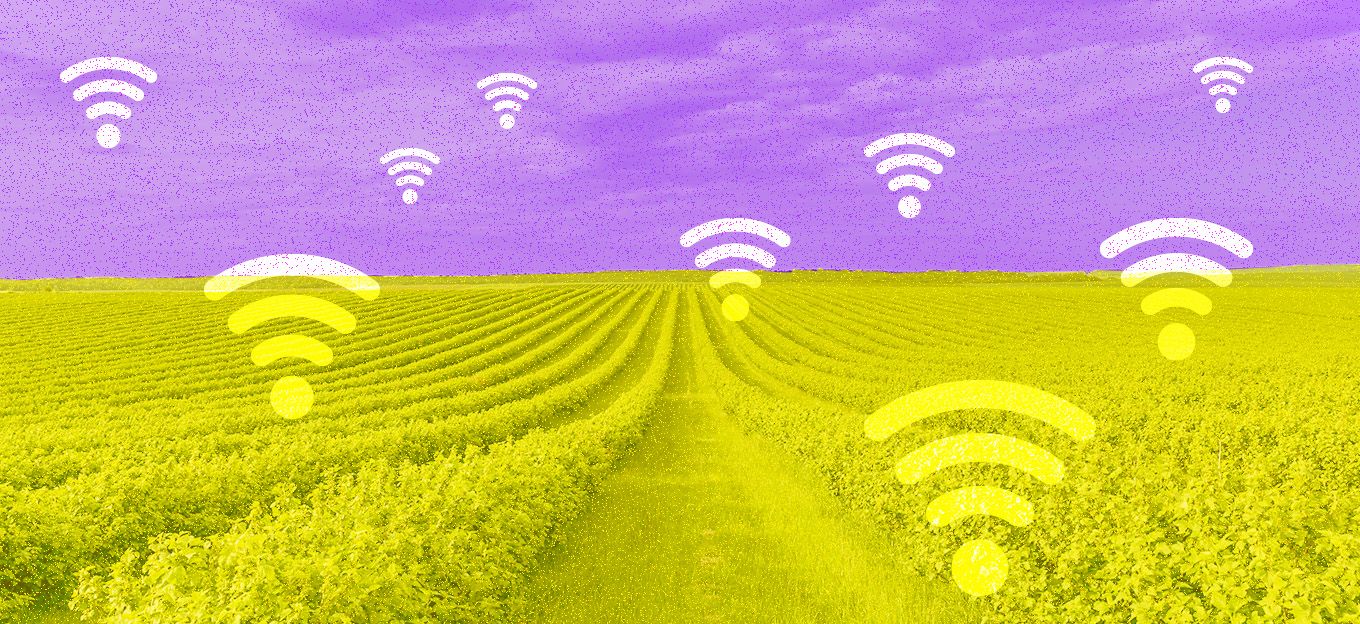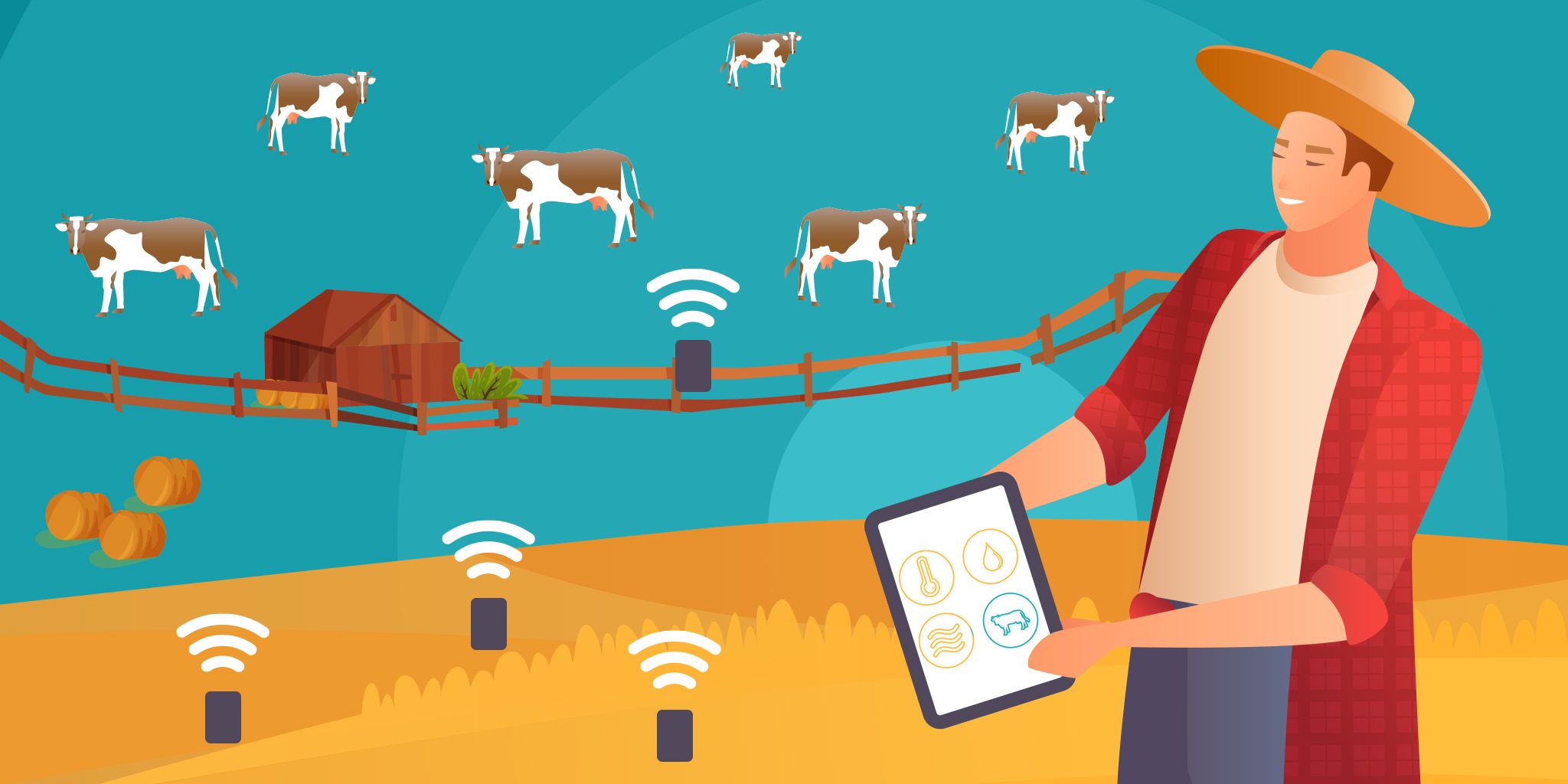The Social Behavior of Honeybees Applied to IoT Systems
The Social Behavior of Honeybees Applied to IoT Systems
- Last Updated: December 2, 2024
SAP Digital Interconnect
- Last Updated: December 2, 2024



IoT has been used to great effect to enhance beekeeping. As both of us are beekeepers with day jobs in IoT and mobile solutions, we are always keen to combine both interests. Significant benefits for bees of IoT technologies lie in monitoring beehives remotely, reducing the time spent inspecting bees and thereby decreasing their stress levels. However, while IoT can improve the way we care for bees for bees, bees themselves have much to teach us about how IoT could be improved.
As we work to build connected cities, elevating the interplay of technology and the way we live to the ‘next level’, it’s worth considering how nature has long been doing something similar by enabling each bee to ‘connect’ with the rest of their colony to live together prosperously.
Bees as Superorganisms: Systems of Systems
Honeybees (apis mellifera) are fascinating creatures. As beekeepers, we are continuously amazed at how a honeybee colony behaves as a single social structure. It can be argued that a honeybee colony is actually a superorganism. An organism might appear to be a single animal, but it is actually a huge collection of different types (or castes) of cells. The key definition for a superorganism would be a social unit of eusocial animals, within which the division of labor is highly specialized and where individuals are not able to survive by themselves for extended periods. The definition certainly describes a honeybee colony.
A network of IoT devices behaves in very much like a bee colony. In fact, we can learn a great deal from nature’s superorganisms. Bee colonies can teach us how to improve our design and management of IoT networks. The beehive could be considered a truly connected city. Tens of thousands of bees pack into well under a square meter, all functioning together to protect and clean the hive, gather and store food, and rear the young. The living density and sheer focus on the survival of the hive—at the expense of the individual—may not be something we want to replicate. The level of communication across the hive is worthy of admiration.
In an organism, while the cells have the same DNA they are also very specialized. They perform different functions. A social insect such as apis mellifera (the honeybee) meets the superorganism criteria quite well. Individual organisms have hormones to organize body processes. Bees use pheromones that serve the same role as hormones. Pheromones are chemicals that transmit information from one whole organism to another. In the social structure of a honeybee colony, pheromones are used throughout the lifecycle of the bee to attract drones to a virgin queen and delineate each stage of the brood development. Pheremones also function to distinguish among the different castes of bees—worker brood from drone and queen—as well as to stimulate activity in a hive, acting as a marker to help bees identify home. Bees leverage pheromones to distribute a message rapidly, alerting others to an attack, which turns thousands of bees from passive into aggressive. All beekeepers can attest to the speed & effectiveness of this messaging.
Pheremones and Smart Cities
In Chapter 5 of the book: Neurobiology of Chemical Communication, the authors note, “Honeybee pheromones represent one of the most advanced ways of communications among social insects. For more detailed information in honeybee pheromones, refer to the link above, as the book is a fascinating read.
In many ways, a collection of interconnected IoT sensors in a smart city is like a honeybee colony—a superorganism—with many different individual types (or castes) of sensors, all communicating among themselves using various protocols (pheromones) as a community (hive) to achieve a set of goals.
So, what can we learn from bees, and how can we apply those highly-effective communication strategies to IoT?
Simplicity, Security, and Smart Communication
Simplicity: Bees have a very clear vocabulary. Dance is an integrated form of communication that bees use. Location is communicated in terms of bearing and distance. Bees will travel up to 4 miles. The terrain they cover over this distance may well be complex and varied—especially for a small bee. Only bearing and distance are relevant, however, and these are all that’s communicated by the angle of the bee’s waggle dance and vibrations.
The waggle dance is a simple but highly efficient form of communication that bees use to tell others in the hive where the best source of food is. A very simple approach is taken to weighting the different reports of food. The more bees making the dance for a feed location, the greater the assumed supply.
Security: Pheromones are key to bee’s secure communication. The precise balance of encoded chemicals validates vital intra- and extra-hive communications. For example, the queen will have a very precise chemical signal. A hive will know if its Queen is present on this basis, and they can spot imposters rapidly.
Smart communication: With tens of thousands of bees in a hive, multiple food sources, potential threats, and a lifecycle from egg to hatchling that is at times continuous, the potential for miscommunication may be great, but actual misunderstandings are rare. Key to achieving this accuracy of communicating is that bees only communicate what is necessary. They sort out and only forward along that which is relevant to the rest of the hive. Each bee is focused on its own task. They perform it diligently, ensuring the overall wellbeing of the hive. For example, honeybees are economically savvy when they forage. Bee flight is ultimately costly to the bee, and foragers will not collect at long distances unnecessarily. Therefore, when bees communicate the location of good forage, distance is a major factor.
What IoT Can Glean from Honeybees
By keeping connectivity simple, secure, and smart we too can make a success of connecting the world around us. We can avoid the trap of making life unnecessarily complex.
It’s also worth noting that whilst hives have a queen, hives are in fact democratic. It’s the workers who decide when it’s time for a new queen. They have no compunction about replacing the queen. It took a long time for humans to replicate that model of government. IT looks like honeybees have been ahead of us all along.
Co-written by and John Candish, Head of IoT Products, and William Dudley, Mobile Evangelist, and Strategist of the Industry & LoB Products at SAP Digital Interconnect.
The Most Comprehensive IoT Newsletter for Enterprises
Showcasing the highest-quality content, resources, news, and insights from the world of the Internet of Things. Subscribe to remain informed and up-to-date.
New Podcast Episode

Moving Past the Pilot Phase in IoT and AI
Related Articles





